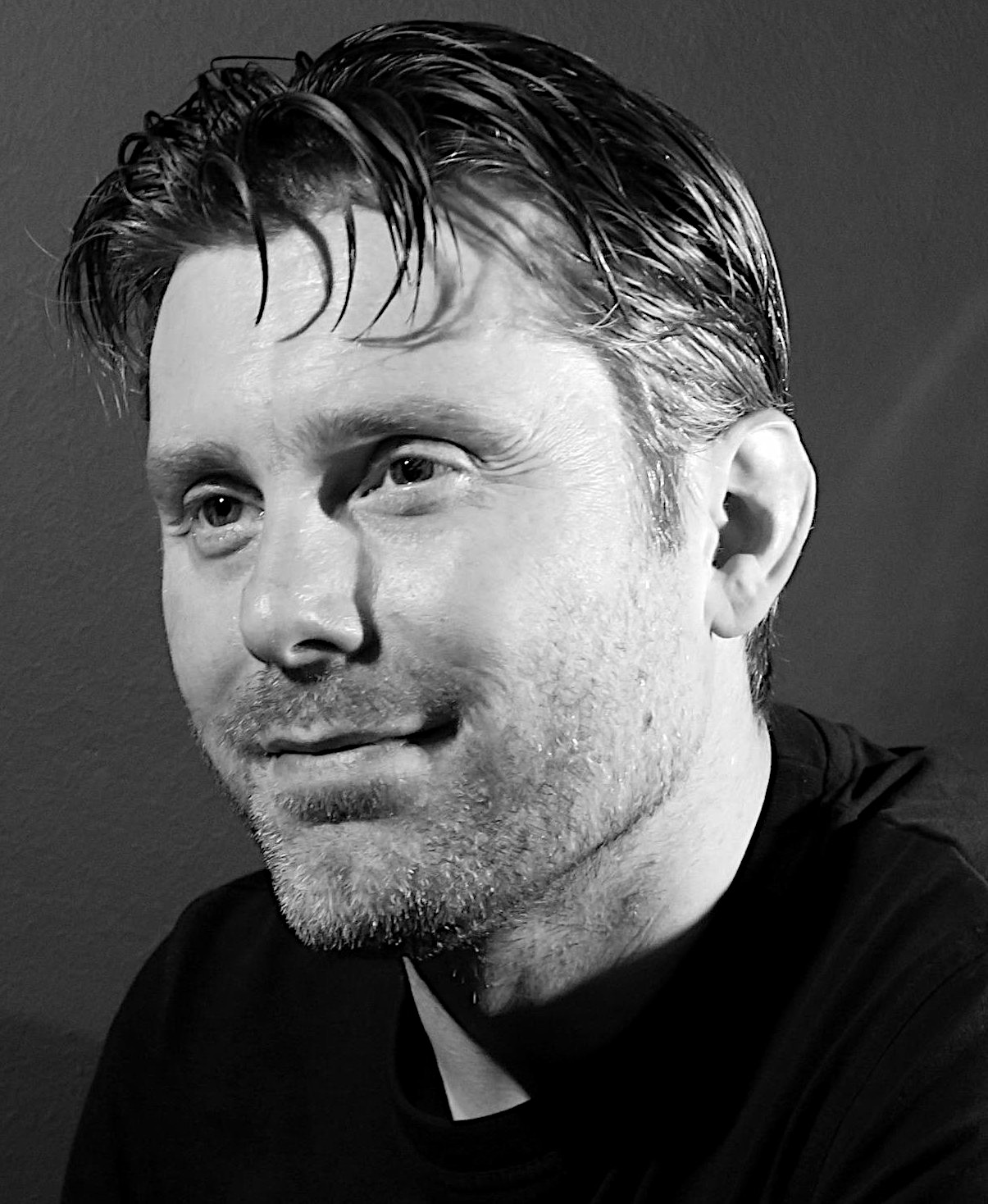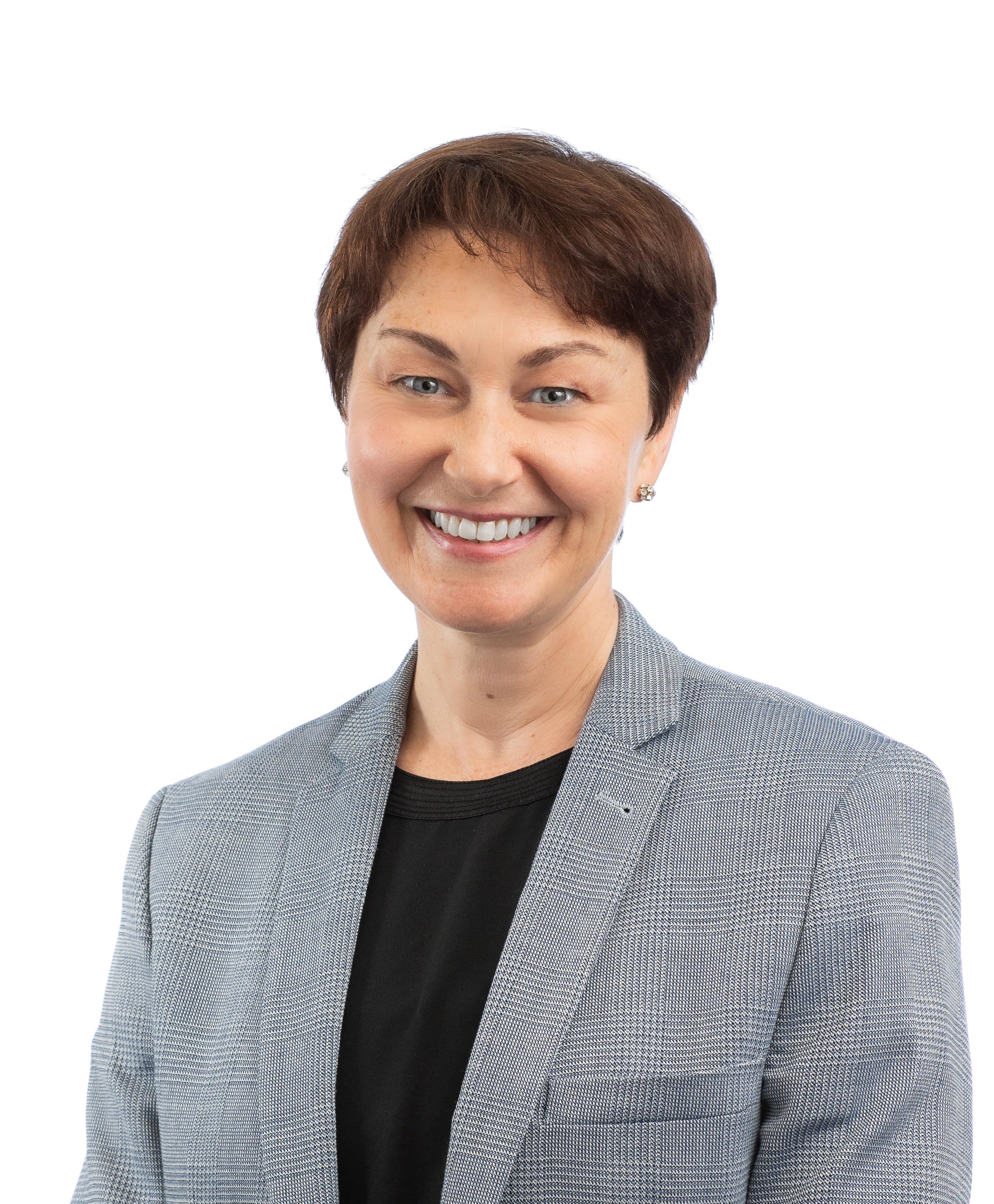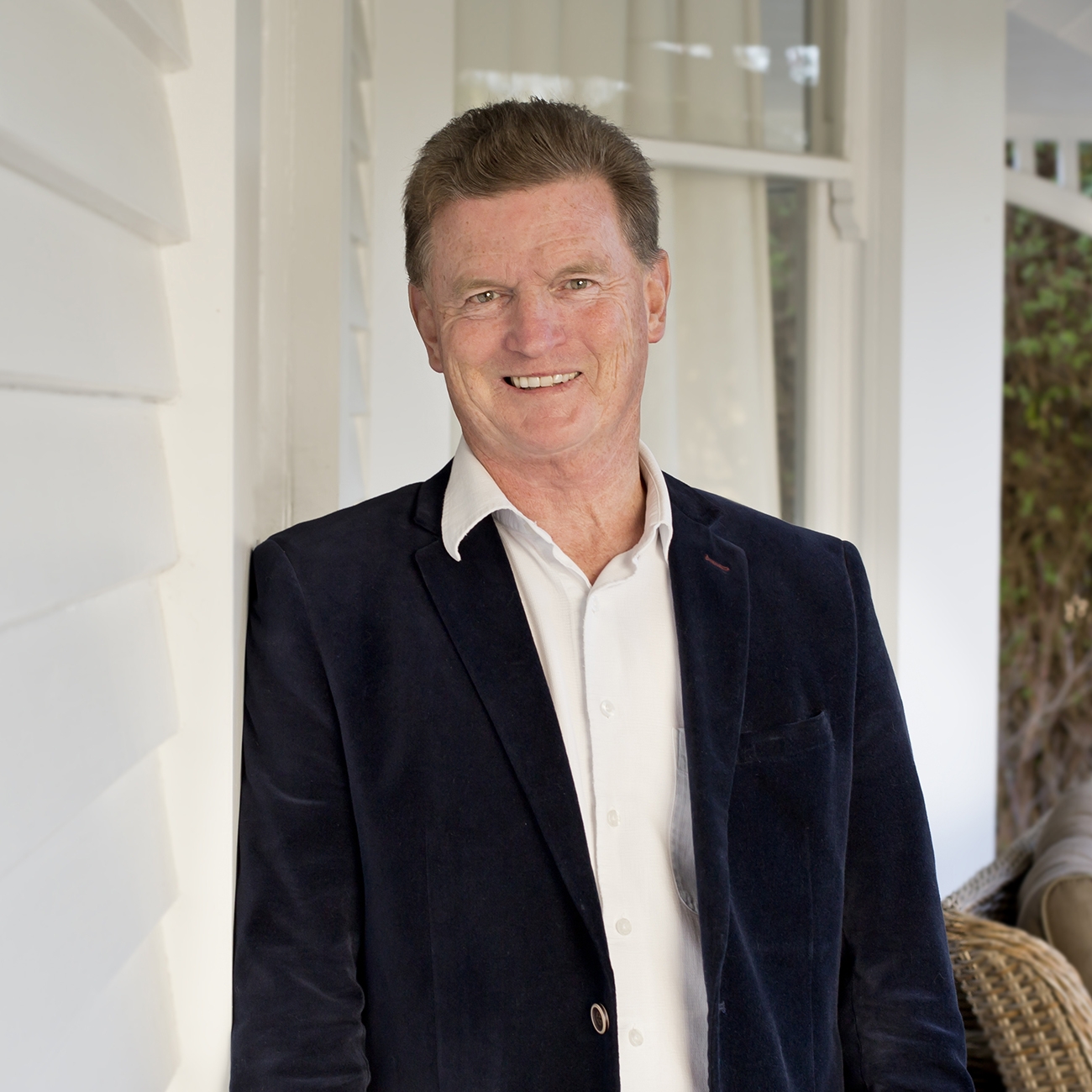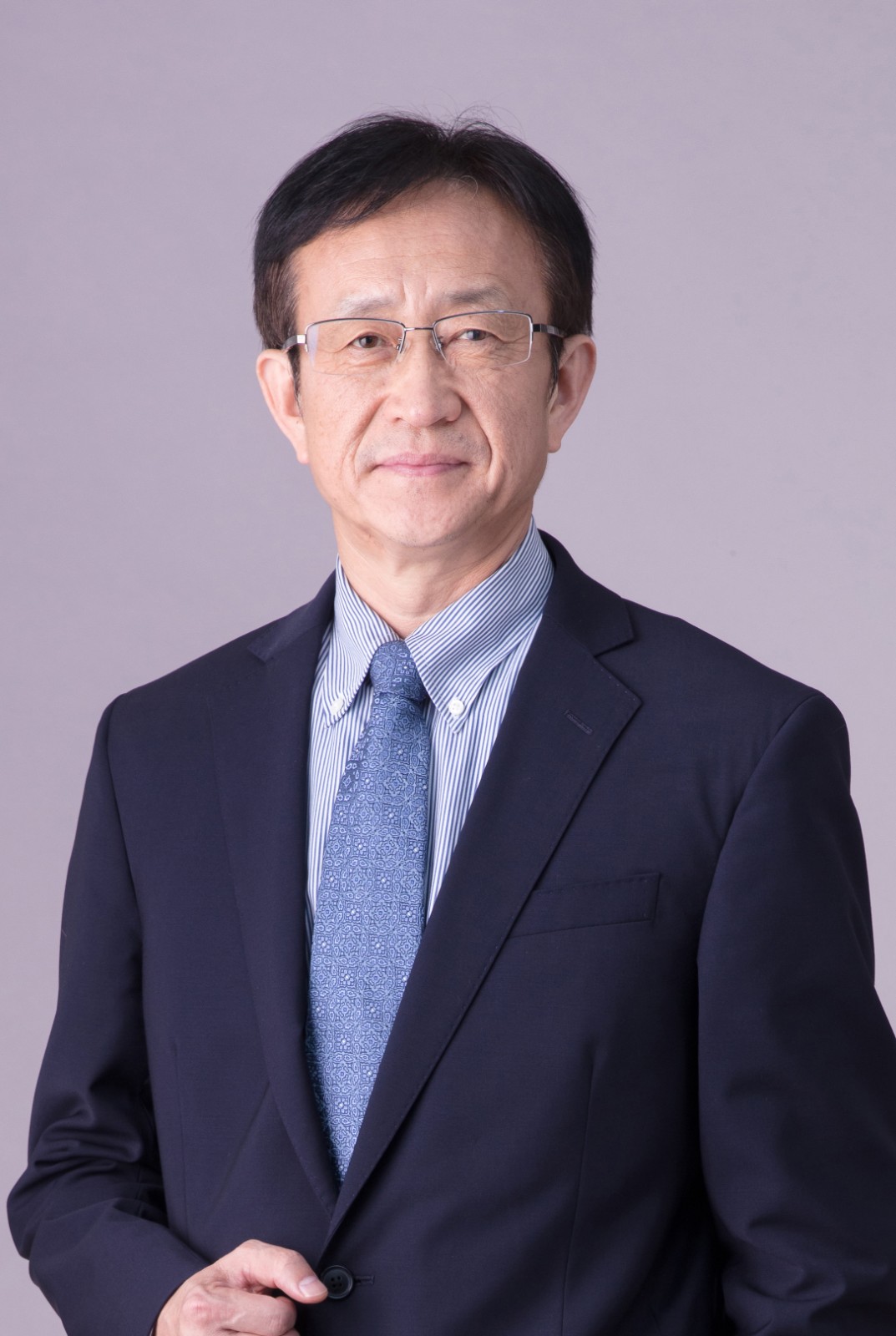 |
|
Prof. Dr. Peter A. N. Bosman
Evolutionary Intelligence Research Group Leader
CWI Amsterdam & Delft University of Technology
Keynote Title:
Evolutionary Intelligence: From DNA to Deployment
|
Abstract
While AI has become synonym with deep learning for many in science and society, traditionally, the field of AI is defined as something much larger. By focusing exclusively on deep learning, we risk overlooking powerful synergies with other AI paradigms. In this keynote, I will explore the concept of Evolutionary Intelligence, representing combinations evolutionary computation and machine learning and highlight how cross-pollination between these paradigms has already led to algorithmic advances. I will showcase how Evolutionary Intelligence can unlock new possibilities for real-world applications, particularly when harnessed with modern GPU architectures and applied toward the development of more interpretable, explainable AI systems. Drawing from personal experience, I will present concrete examples from the medical domain, including how cancer patients are today being treated using plans generated by EI algorithms, demonstrating that EI is not just theoretical promise, but also clinical reality. I will argue that meaningful impact requires deep integration, not just between AI techniques, but between AI and the domains we aim to transform as well. Moving beyond getting top scores on benchmarks, we should embrace close collaboration with domain experts to ensure that algorithmic innovation is truly meaningful and can be translated into tangible societal benefit. |
Biography
Prof. Dr. Peter A. N. Bosman leads the Evolutionary Intelligence research group at the Dutch national center for mathematics and computer science (CWI) in Amsterdam and serves as a part-time full professor at Delft University of Technology. With roots in fundamental research on evolutionary computation, his current work lies at the intersection of evolutionary algorithms, machine learning, and real-world applications, particularly in explainable AI and complex optimization problems tackled in collaboration with societal and industrial partners. He is co-founder of the Gene-pool Optimal Mixing Evolutionary Algorithm (GOMEA) family, which has become state-of-the-art in various domains, including (large-scale) grey-box optimization and symbolic regression. These algorithms have not only set benchmarks in the field but have also been successfully translated into clinical practice - for example, in the automated design of personalized radiation treatment plans for cancer patients. Prof. Bosman has authored over 250 peer-reviewed publications, with 9 best paper awards and 11 additional nominations. He is a two-time recipient of the silver Humies award for achieving human-competitive results with evolutionary algorithms and currently serves as chair of ACM SIGEVO.
|
 |
|
Prof. Kate Smith-Miles
Laureate Professor in Applied Mathematics & Pro Vice-Chancellor (Research Capability)
University of Melbourne
Keynote Title:
The search for quantum advantage in optimisation: myths, maths, and the travelling salesman problem
|
Abstract
Over the last two decades, the travelling salesperson problem (TSP) has been used as a benchmark problem to explore the advantage of quantum computers over conventional computers. Its advantages include being easy to understand, highlighting the challenges of searching through an exponentially growing number of possible solutions, with direct applications to large scale transportation and logistics problems in industry. However, we argue that the TSP is not a problem well-suited to current (QUBO-based) quantum optimisation methods. At what point is a call made that quantum advantage is not likely, and efforts should be focused on other problems or directions? This talk discusses the requirements for demonstrating quantum advantage, and offers mathematical arguments for why current (QUBO-based) quantum methods are not well suited for tackling the challenges of the TSP landscape. Drawing parallels with similar observations made almost four decades ago for (QUBO-based) neural networks, we highlight lessons that can be learned, and discuss the numerous challenges that must be overcome for current quantum methods to offer quantum advantage for constrained optimisation. Finally, we discuss more promising directions for quantum optimisation, where quantum search could accelerate components of classical state-of-the-art algorithms.
|
Biography
Kate Smith-Miles is a Laureate Professor in Applied Mathematics and Pro Vice-Chancellor (Research Capability) at the University of Melbourne. She is also Director of the ARC Training Centre in Optimisation Technologies, Integrated Methodologies and Applications (OPTIMA). Kate has over 300 refereed publications in the areas of neural networks, optimisation, machine learning, and various applied mathematics topics. She has supervised to completion over 30 PhD students, and has been awarded over AUD$30 million in competitive grants, including a 5-year Laureate Fellowship from the Australian Research Council. She has received medals for her research from the Australian Mathematical Society (AustMS), the Australian and New Zealand Industrial and Applied Mathematics Society (ANZIAM), and the Australian Society for Operations Research (ASOR). Kate is a Fellow of the Australian Academy of Science and the Australian Mathematical Society, and a past President of the Australian Mathematical Society. She is frequently invited as keynote speaker at leading international conferences, including IFORS, GECCO, IEEE CEC and CPAIOR, to discuss her Instance Space Analysis methodology. In 2024, Kate was appointed an Officer of the Order of Australia (AO) for her distinguished service to tertiary education, applied mathematics research, and as a role model and advocate for women in STEM.
|
 |
|
Prof. Richard Green
Professor of Computer Science
University of Canterbury
Keynote Title:
Solving occlusion for complete plant models with accurate 3D metrics
|
Abstract
We cannot automate what we cannot see – and COVID saw fruit and vegetables rotting on the ground because we were unable to automate harvesting in such challenging complex outdoor environments.
Our recent breakthroughs with NeRF and Gaussian splatting focus on solving such leaf occlusion to enable sub-mm 3D metrics of all fruit (and other plant organs) and complete & correct structure of branching – all this from images of windblown plants. This also enables rapid data reduction of petabytes of data from scanning a farm (such as orchards or vineyards) from hundreds of images per plant. We will also discuss the challenges that remain and so propose potential directions for future work.
|
Biography
Since 2004 Professor Richard Green has been lecturing at UC after running his own successful 50 staff software company in Sydney (sold to a multinational). Richard has raised over $30m at UC for AI research and development and has over 200 refereed publications. He is currently leading a $6m autonomous robot-vine-scanning project and a $10m project for drones using precision tools. He also co-chairs the NZ AI Researchers Association and leads UC Vision.
|
 |
|
Prof. Jianping Fan
President, Shenzhen University of Advanced Technology
Keynote Title:
AI for science: the research spirit of Shenzhen University of Advanced Technology
|
Abstract
Shenzhen University of Advanced Technology(SUAT) is a new-type research university established by the Shenzhen Municipal People's Government and officially approved by the Ministry of Education in May 2024. Guided by the principles of high starting point, small scale, and internationalization, the university leverages top-tier research resources, including those of the Shenzhen Institute of Advanced Technology, Chinese Academy of Sciences, and is committed to cultivating interdisciplinary top-notch innovative talents capable of shaping the future. The university deeply integrates "AI for Science" into its developmental DNA, utilizing artificial intelligence to drive scientific research and industrial innovation. It focuses on "Emerging Engineering Sciences" and "Emerging Medical Sciences," building a disciplinary system that serves national strategic emerging industries. Through the establishment of seven interdisciplinary schools—such as Life Health, Synthetic Biology, and Computing & Microelectronics—and eight frontier research institutes, including Artificial Intelligence and Intelligent Robotics, the university comprehensively promotes AI-enabled advancements in neuroscience, new materials, biomedicine, genetic technologies, and other cutting-edge fields, fostering interdisciplinary collaboration and intelligent integration to generate original achievements and new productive forces. The university has assembled a high-level, international faculty team, including 14 academicians from home and abroad, 88 national-level talents, 48 tenured faculty members who have held tenured positions overseas, and 44 scholars listed among the top 2% of global scientists. This robust faculty provides solid support for elite undergraduate education. As a new force in higher education in the Guangdong-Hong Kong-Macao Greater Bay Area, SUAT adopts an open approach, warmly inviting global talents and partners to jointly explore the limitless possibilities of "AI for Science" and contribute to technological advancement and human progress.
|
Biography
Professor Jianping Fan is an Academician, Doctoral Supervisor, Research Scientist II, and Fellow of the China Computer Federation. He serves as the President of Shenzhen University of Advanced Technology, Deputy Secretary of the Party Committee, and Deputy Dean of the Shenzhen Talent Institute. Professor Fan was previously the deputy director of the Institute of Computing at the Chinese Academy of Sciences and served as the founding president of Shenzhen Institute of Advanced Technology, Chinese Academy of Sciences. He is one of the founders of Dawning high-performance computer and led the preparatory work for the establishment of Shenzhen University of Advanced Technology in 2018.
He has received the First and Second Prizes for the State Science and Technology Progress Award, the China Youth Science and Technology Award, and the special allowance of the State Council. He won the Shenzhen Mayor Award in 2014. In 2020, he was honored as one of the "40 prominent individuals in innovation and entrepreneurship and outstanding role models at the 40th Anniversary of Shenzhen Special Economic Zone." He was awarded the National May Day Labor Medal in 2022.
|
|
|